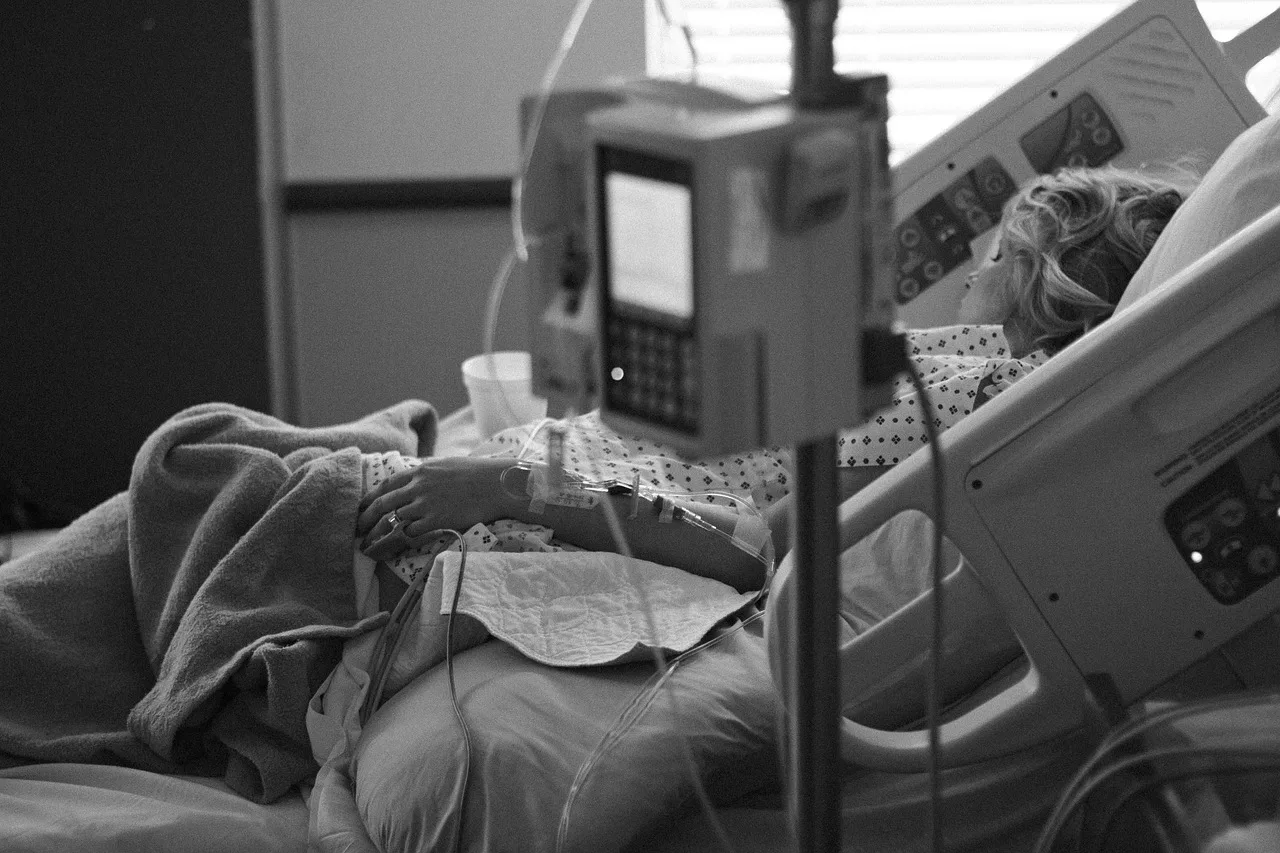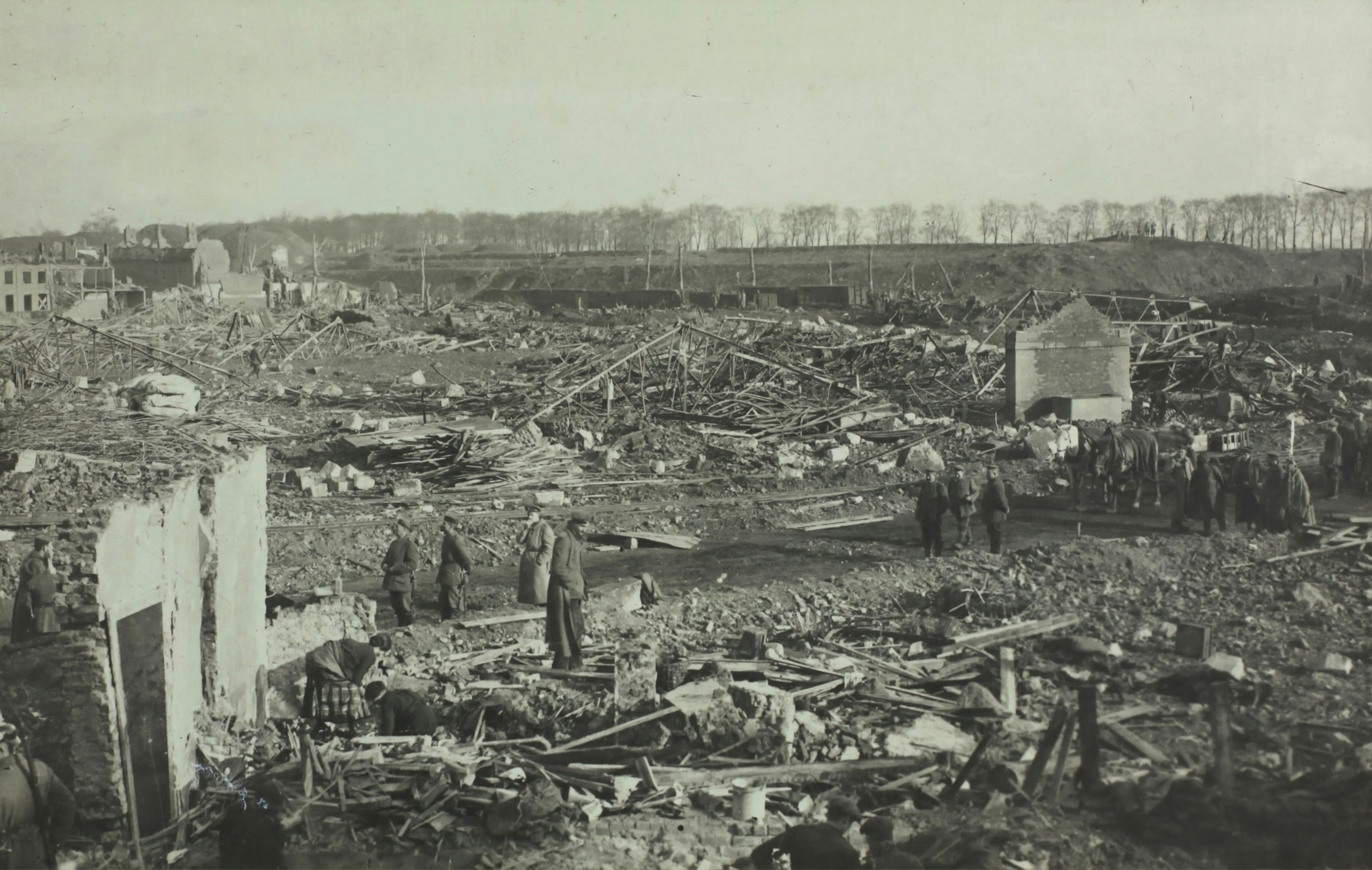Rethinking ICU environments. Image credit: Pixabay.
Why do we have ICUs?
Intensive care units (ICUs, also called critical care units) are the wards of a hospital in which patients who are very unwell, thus requiring close monitoring and treatment, are looked after. They differ between hospitals but are generally big, noisy, brightly lit white rooms with beds lined against the wall, surrounded by flashing and beeping things, occasionally with a flimsy blue curtain between beds.
ICUs are designed like this so that the patients can always be seen and easily accessed by staff, at any time—all very practical. But take a step back for a moment and consider how you would design an ICU environment for patients, just using common sense. Somehow, I doubt the following would come up in your design criteria: 24/7 noise from man and machine, windowless rooms, frazzling LED lighting day and night, and a lack of anything interesting or non-synthetic for patients to look at.
The role of the ICU is to facilitate the improvement of the patient’s state to one where they can be moved to other less intensive wards. However, it seems that our ICUs rely excessively on technology and skilful treatment by staff to drive recovery, instead of allowing the mechanisms evolved by the brain and body to do some of the work for them.
Intensive care follows the same pattern as many other areas: putting huge resources into medicine, with all its drugs and clever technology, and asking it to single-handedly wrestle us back into good health when things go wrong.
That is not to say that ICUs are unfit for their purpose, or that they should switch immediately to alternative medicine. It is to say that intensive care follows the same pattern as many other areas: putting huge resources into medicine, with all its drugs and clever technology, and asking it to single-handedly wrestle us back into good health when things go wrong. In this system we offload little work onto anything else, such as lifestyle factors, to reduce incidence of disease in the first place, or in the case of ICUs, things that naturally promote recovery like good sleep, quiet, and nature.
Environmental factors influence health in surprising ways
Consider natural light. The cycling of light intensity and wavelengths from morning to night is crucial in entraining the circadian rhythm (synchronising it with our 24-hour day). As such, the frequent lack of natural light in many ICUs promotes circadian disruption, which is already more likely in ICUs due to the high noise, bright light, pain, stress, and interactions with staff.
A disrupted circadian rhythm has been shown to weaken the immune system, increase pain sensitivity, and promote psychological disorders, among many other impacts—the last things you want for ICU patients. Sure, the patients are not often wide awake, but that should not be an excuse to freely allow circadian derangement. This is particularly notable because intensive care delirium (an acute confusional state) is a common occurrence which has been linked to sleep deprivation and is a significant contributor to morbidity and mortality in the ICU.
The frequent lack of natural light in many ICUs promotes circadian disruption, which is already more likely in ICUs due to the high noise, bright light, pain, stress, and interactions with staff.
Noise is also quite ubiquitous in ICUs. First recognised as a health hazard by Florence Nightingale in the 1850s, more recent studies have linked hospital environmental noise to a reduction in patient sleep depth, continuity and duration, and many other health aspects including cardiovascular health, wound healing, and pain sensitivity. Moreover, high noise has been shown to increase staff stress, reduce their productivity and increase medical errors.
There’s also the lack of greenery and nature. I am not suggesting that we drop all ICUs into forests, but some simple measures can be surprisingly beneficial to patients. For example, the delightfully simple study by Roger Ulrich found that patients with a view of trees, rather than a brick wall, recovered and left hospital faster, and needed less pain relief. Nature offers various forms, colours and smells which are shown to result in beneficial physiological and psychological changes which aid recovery, though the underlying mechanisms are not fully understood.
Although no studies have specifically shown this, I suspect that the presence of a few unobtrusive houseplants in the eyeline of patients would have similar benefits where a view of the outdoors is not possible. And even if it didn’t, I’d bet most people would still rather have something interesting, alive, and organic like a plant to look at while lying there, rather than those blue paper curtains, some white walls, and a white ceiling!
Why ICU design is stuck
In line with the industrial nature of our societies, hospitals are designed to look and operate like factories: things (patients) come in, are processed, and go out the other end. ICUs are highly functional and practical places where illnesses are treated by rigorous processes, using the best available technology. As I have highlighted, this has some important flaws, yet design has not much changed. This is for two main reasons: the huge inertia that resists change in environments as tightly controlled as ICUs; and the lack of enough wide-reaching research which conclusively demonstrates the advantages of altering the environment in ICUs.
Overcoming this inertia is tricky. Working in an ICU is doubtlessly a hard and stressful job. It is very understandable that staff would want to keep ICUs broadly the same, where they can observe and treat patients in the most efficient, safe, and unencumbered way possible. Ask an ICU nurse if you can just dim the lights and maybe even close a door between them and a patient recovering from heart surgery, and you can be fairly sure of the answer you will get.
But what would be best for the patient? It’s definitely not black and white: patients must remain visible and quickly accessible. But these requirements are easily compatible with a space that incorporates the environmental changes we have considered. For example, patients could be in separate rooms, with glass doors so that they can still be seen at all times, but noise can be reduced, privacy provided, and lighting controlled.
Even if some of the environmental changes do not turn out to reduce mortality or speed up recovery, they would without doubt make the ICU a less stressful or traumatic place to be.
The second challenge is that the scientific backing for the environmental changes in hospitals having positive effects on staff and patients is not as abundant as it perhaps should be. It is simply very difficult to undertake large-scale studies (which yield the most persuasive results) in these small, dynamic, and highly controlled settings. Nonetheless there is evidence around, and it is growing.
Even if some of these environmental changes do not turn out to reduce mortality or speed up recovery, they would without doubt make the ICU a less stressful or traumatic place to be. Let’s set aside the factory-like, cold and efficiency-driven ICU orthodoxy, and make it a slightly nicer place for the vulnerable people who occupy it.





